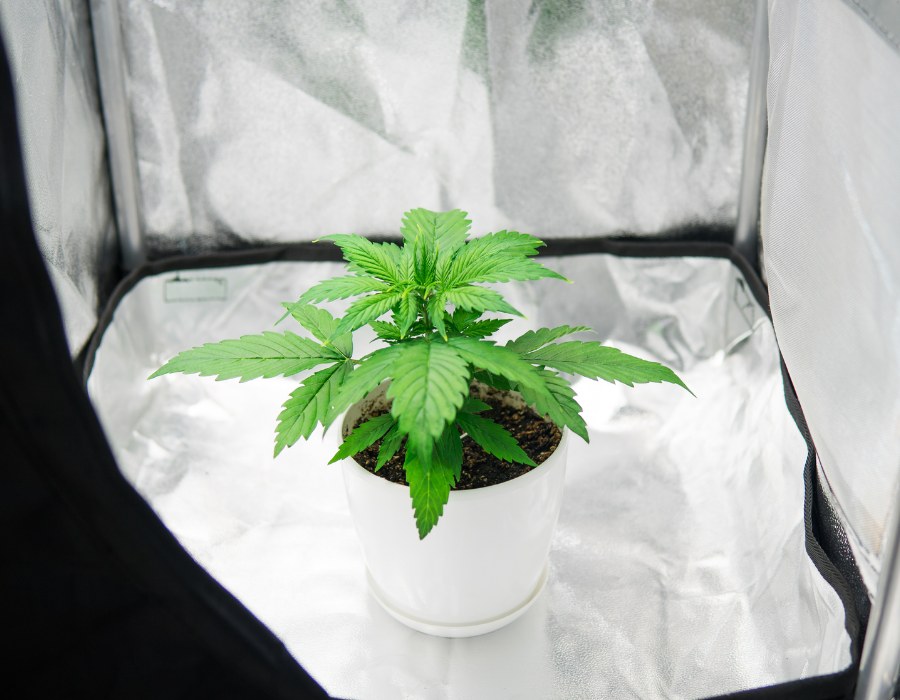Welcome to the revolutionary and exciting world of growing autoflowering cannabis seeds. Whether you are a first-timer or an experienced photoperiod marijuana cultivator, learning how to grow autoflowering strains (aka autos) promises a rewarding venture for any cannabis grower.
Autoflower seeds are relatively easy to grow compared to their light-sensitive sister strains. Their life cycle is guided by a certain amount of time instead of hours of light cycle changes. Auto’s are hardy, robust small plants that don’t require the same diligent care as feminized photoperiod strains.
Ruderalis genetics provide these compact plants with everything they need to survive. In fact, autoflowering cannabis strains will actually grow just fine when left alone.
With that stated, however, there are some practical measures to follow, guaranteeing an ample harvest when growing autoflowering cannabis varieties. One of the most important criteria for a prized autoflower harvest is learning how to dial in a beneficial nutrient program in your grow room.
How do Nutrients Affect Autoflowering Strains?
If you have ever looked at a commercial fertilizer label, you have undoubtedly seen the three letters NPK printed together. Nitrogen (N), Phosphorous (P), and Potassium (K) are the three main macronutrients found in many pre-packaged nutrient products. They are also the three main elements required for your autoflowering marijuana plant to thrive.
Typically, you will also notice a series of numbers relating to the percentage amount of each element present in the product. For instance, a 10-5-5 nutrient label means that there are 10 parts of N, 5 parts P, and 5 parts K contributing to the formula. All three of these elements are essential to the development of your autoflowering seed, but each one plays a different role during various life stages.
Nitrogen is the driving force for vegetative growth. It feeds the plant, producing energy for photosynthesis to develop branches, stems, and leaves. Nitrogen happy plants have a dark, earthy green color when proper doses are applied. Too little N in the veg state, you will see yellowing leaves beginning with lower, old-growth.
Phosphorus is necessary to promote healthy root growth during the first few weeks of the autoflowering seed’s life. This nutrient helps synthesize proteins and carbohydrates, promoting energy transfer within the plant. Without sufficient P in the vegetative phase, auto plants quickly exhibit stunted growth and discolored leaves.
Finally, potassium is required to stimulate early growth as it improves water transfer within the autoflowering plant. K strengthens plant tissues providing sturdiness to stalks and leaves while helping the auto build resistance to disease. Nutrient deficiencies of this essential element during vegetative growth will produce a sickly, poorly developed plant.
